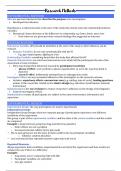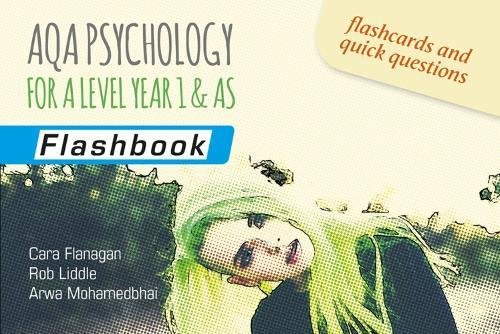Summary
AQA Psychology a level summary notes- Research Methods
- Course
- Institution
- Book
Detailed Revision Notes of the Research Methods topic of AQA A-Level Psychology produced by me using both the textbook and class notes. Has both the AO1 and AO3 needed to gain top marks. Revision notes from other topics are available to buy and can be bought as a bundle
[Show more]




